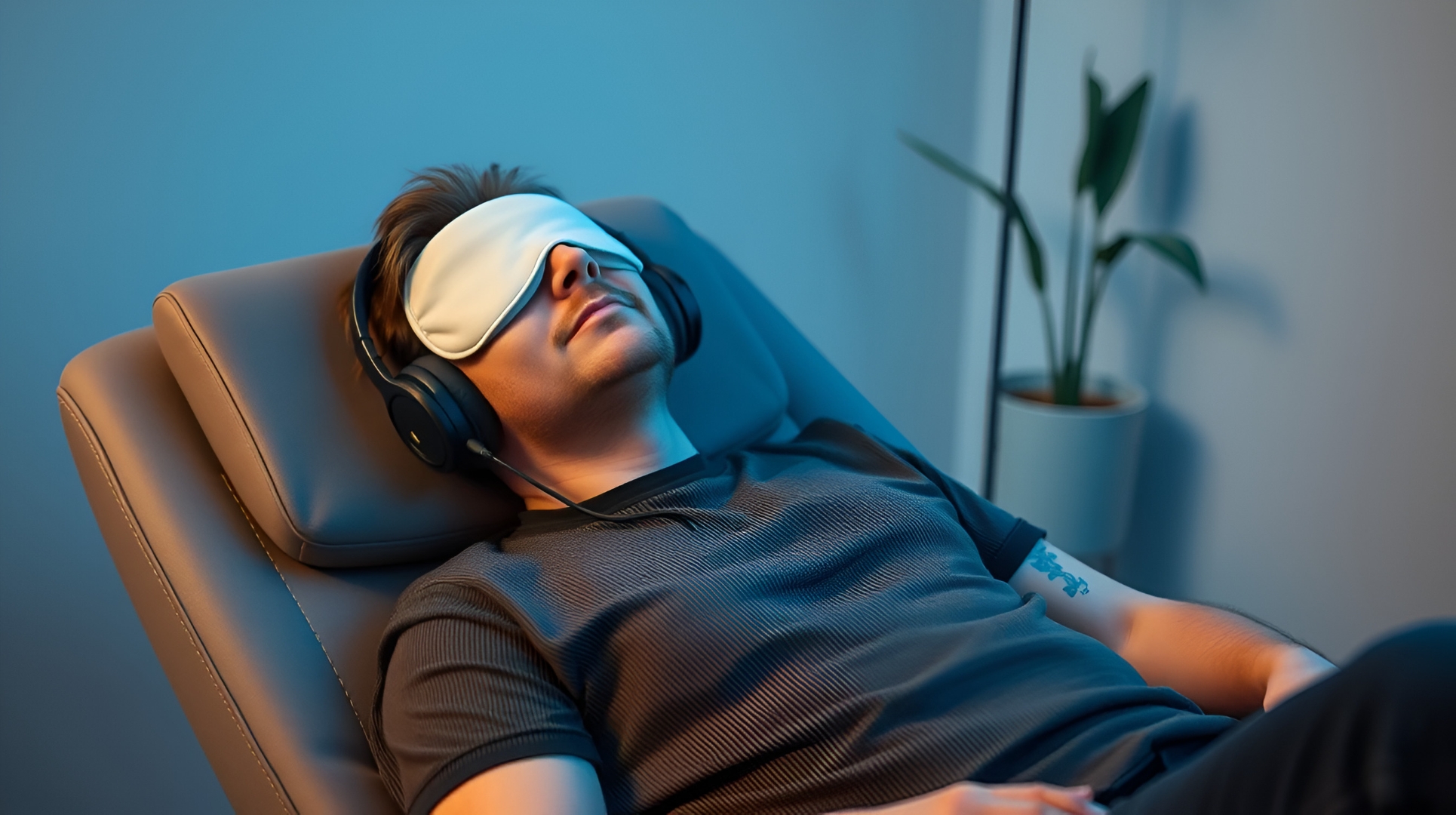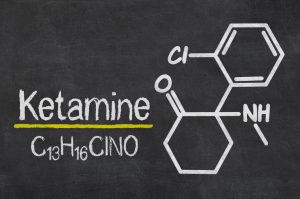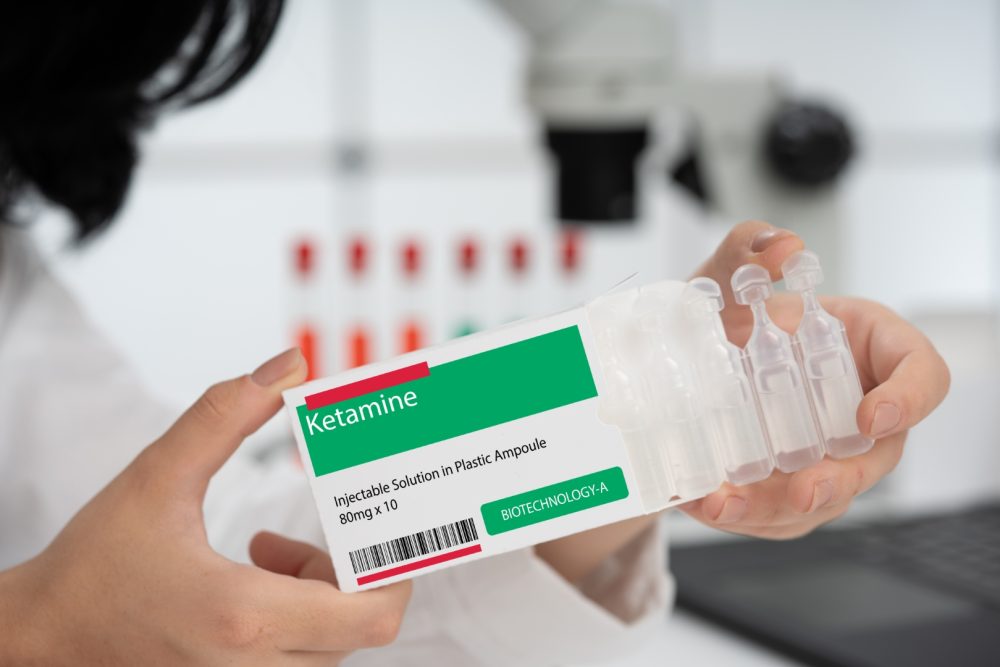By state
By City
Medically Supervised Ketamine Detox

What is Ketamine?

Ketamine is a synthetic compound classified as a dissociative anesthetic. This means it induces a state of detachment from reality, characterized by altered perception, feelings of unreality, and disconnection from one’s body and surroundings. It was first synthesized in 1962 and approved for medical use in the United States in 1970. Ketamine exists in several forms:
-
Injectable Solution: Used in hospitals and veterinary clinics for anesthesia.
-
Powder: The most common form used recreationally; it can be snorted, swallowed, or dissolved in drinks.
-
Liquid: Can be injected, added to drinks, or applied to smokable materials.
-
Tablets/Lozenges: Used in some clinical settings for pain management or depression treatment.

Legitimate Medical Uses of Ketamine
Ketamine has several approved medical uses:
-
Procedural Sedation & Anesthesia: Used for short surgical procedures, particularly in emergency medicine and in situations where other anesthetics are contraindicated (e.g., patients with low blood pressure). It’s also used in veterinary medicine.
-
Treatment-Resistant Depression: Low-dose intravenous ketamine infusions, and a nasal spray form (esketamine, brand name Spravato®), are FDA-approved for treating severe depression that hasn’t responded to other treatments. This is typically administered in a closely monitored clinical setting.
-
Chronic Pain Management: In some cases, ketamine is used to treat chronic pain conditions, such as neuropathic pain, complex regional pain syndrome (CRPS), and fibromyalgia.
Recreational Use and the Dangers of Ketamine Misuse
Ketamine’s dissociative effects have made it a popular recreational drug.
However, misuse carries significant risks:
-
“K-Hole”: Higher doses and/or rapid administration of ketamine, particularly in those previously naive to Ketamine, can induce a state called the “K-hole,” a profoundly disorienting and terrifying experience characterized by complete detachment from reality, intense hallucinations, and loss of motor control. This can be psychologically traumatic and potentially dangerous.
-
Impaired Judgment and Coordination: Ketamine significantly impairs judgment, coordination, and reaction time, increasing the risk of accidents and injuries.
-
Bladder Problems (Ketamine-Induced Cystitis): Chronic, heavy ketamine use can cause severe bladder damage, leading to:
-
Frequent and urgent urination
-
Painful urination (dysuria)
-
Blood in the urine (hematuria)
-
Incontinence
-
In severe cases, irreversible bladder damage requiring surgery (e.g., cystectomy)
-
-
Cognitive Impairment: Long-term ketamine use can lead to problems with memory, learning, and executive function.
-
Dependence and Addiction: While not as physically addictive as opioids, ketamine can lead to psychological dependence and addiction. Users may develop a strong craving for the drug and experience withdrawal symptoms when they try to stop.
-
Mental Health Issues: Ketamine can worsen pre-existing mental health conditions, such as anxiety, depression, and psychosis.
-
Overdose: While rare, it can happen. Symptoms of overdose include:
-
Unresponsiveness
-
Difficulty breathing.
-
Vomiting
-
Seizures
-
Signs of Ketamine Misuse/Addiction
-
Using Ketamine outside the guidance of a qualified medical professional.
-
Using ketamine more frequently or in larger amounts than intended.
-
Unsuccessful attempts to cut down or control use.
-
Cravings for ketamine.
-
Using ketamine despite negative consequences (relationships, work, health).
-
Neglecting responsibilities.
-
Developing tolerance (needing more to achieve the same effect).
-
Experiencing withdrawal symptoms (though these are primarily psychological).
-
Spending a lot of time obtaining, using, or recovering from ketamine.
-
Changes in mood, behavior or sleeping habits.


Ketamine Detox: A Crucial First Step
Because ketamine dependence is primarily psychological, withdrawal is not typically life-threatening in the same way as benzodiazepines or alcohol withdrawal. However, it can be extremely uncomfortable and distressing, making relapse highly likely without professional support. A medically supervised ketamine detox is crucial for several reasons:
-
Managing Psychological Withdrawal Symptoms: Withdrawal symptoms can include:
-
Intense cravings
-
Anxiety and panic attacks
-
Depression
-
Insomnia
-
Restlessness
-
Irritability
-
Fatigue
-
Headaches
-
Loss of appetite
-
Flashbacks
-
A detox program provides a safe and supportive environment where these symptoms can be managed with medication and therapy.
-
Addressing Underlying Mental Health Issues: Ketamine misuse often co-occurs with other mental health conditions. Detox provides an opportunity to assess and address these underlying issues, which is crucial for long-term recovery.
-
Preventing Relapse: The intense cravings and psychological distress associated with ketamine withdrawal make relapse highly likely without professional support. Detox provides a structured environment and coping skills to manage cravings and prevent relapse.
-
Medical Monitoring: While physical withdrawal is less dangerous than with some other substances, medical monitoring is still important to ensure safety and address any complications that may arise.
-
Transition to Further Treatment: Detox is typically the first step in a comprehensive treatment plan. It prepares individuals for further therapy, such as residential or outpatient treatment, and support groups.
Call Gallus Detox for Treatment Options Today – (888) 306-3122

Treatment After Detox
Following detox, continued treatment is essential for sustained recovery. This may include:
-
Therapy: Cognitive-behavioral therapy (CBT), dialectical behavior therapy (DBT), and other therapies help individuals address the underlying causes of their addiction, develop coping skills, and change their behavior.
-
Support Groups: 12-step programs (like Narcotics Anonymous) and non-12-step support groups provide peer support and encouragement.
-
Medication: In some cases, medications may be used to manage co-occurring mental health conditions or to reduce cravings.
-
Aftercare Planning: Developing a plan for ongoing support and relapse prevention is crucial.
Conclusion
Ketamine is a powerful drug with both legitimate medical uses and a high potential for misuse. Its dissociative effects can be alluring, but they also carry significant risks, including psychological dependence, bladder damage, and cognitive impairment. If you or someone you know is struggling with ketamine misuse, seeking professional help, including a medically supervised detox, is the first and most crucial step towards recovery. Long-term recovery is possible with the right treatment and support.